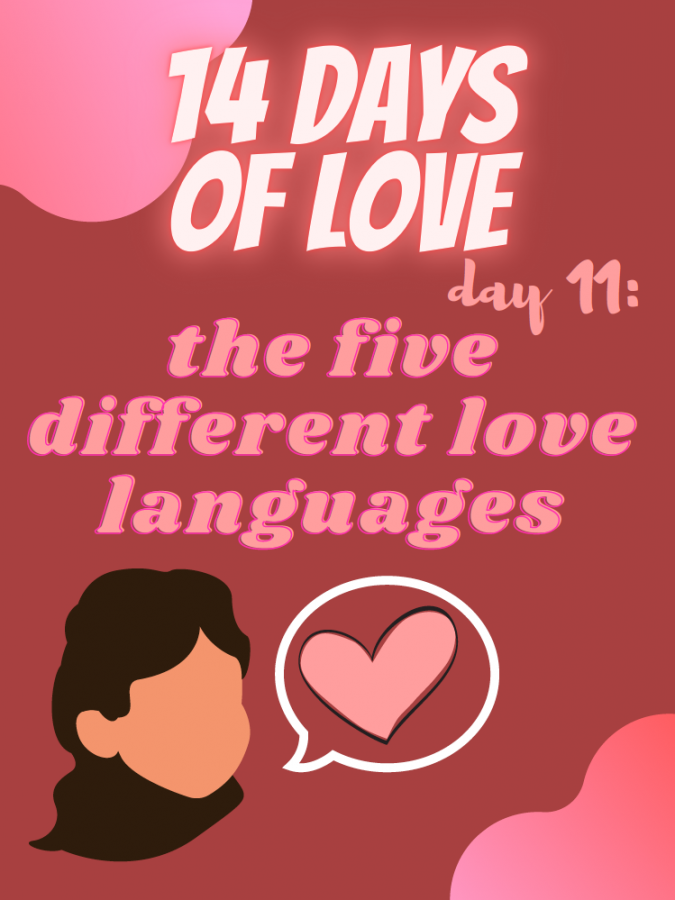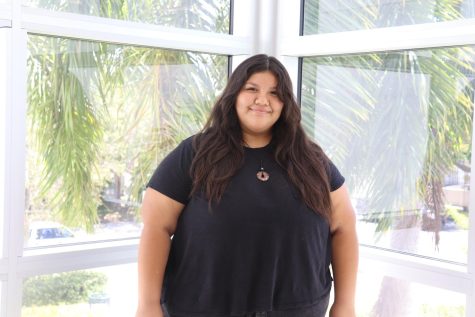14 Days of Love Day 11: The 5 Different Love Languages
February 11, 2021
The way someone shows and prefers to receive their love and affection can vary. One may show their love through physical touch or one may feel most loved when receiving gifts. These examples make up two out of five ways to show a friend, family member or significant other love. Author Gary Chapman first introduced the idea of “love languages” in 1992. The five love languages include:
- Physical Touch
Those who prefer to give someone a hug as a way to show them love are those who use physical touch. According to Chapman’s online quiz, with over 10,000 responses, 19% of people like using this way of showing others they love them more than any other way. Some may value physical touch as a way to emotionally connect with those around them.
- Receiving Gifts
This love language comes in the form of gifts, since some may only feel a level of appreciation when they receive visual representations of love. 18% of people have this love language, according to Chapman. Those who like to receive gifts as a form of affection particularly like the thoughtfulness behind the gift giving process, and enjoy seeing people put genuine effort into picking a gift that represents the individual relationship.
- Quality Time
People whose love language involves spending quality time typically feel the most cared for and appreciated when their significant other or friend asks to hang out and do something together. This could include seeing a movie, going out to eat or taking a walk at the park. These individuals enjoy having in person conversations and listening to each other. 20% of people preferquality time as their love language, according to Chapman’s online questionnaire.
- Acts of Service
Those who enjoy going out of their way to do things for their partner or vice versa use acts of service as their love language. 20% of people surveyed by Chapman preferred acts of service as their love language. These “acts of service” could be simple things like making a cup of coffee for you in the morning, or bringing you food for lunch.
- Words of Affirmation
Words of affirmation is the last love language, preferred by 23% of people who took Chapman’s quiz. Individuals with this love language typically seek verbal affection from their friends or partner. For instance, saying “I love you” a lot, or receiving compliments frequently, satisfies someone with this love language. Communication through social media comments or affection through text act as other forms of this love language.
Love languages are a great outlet to better understand how we communicate with others. However, these languages should only serve as a mere basis for relationships to grow more profound.





















